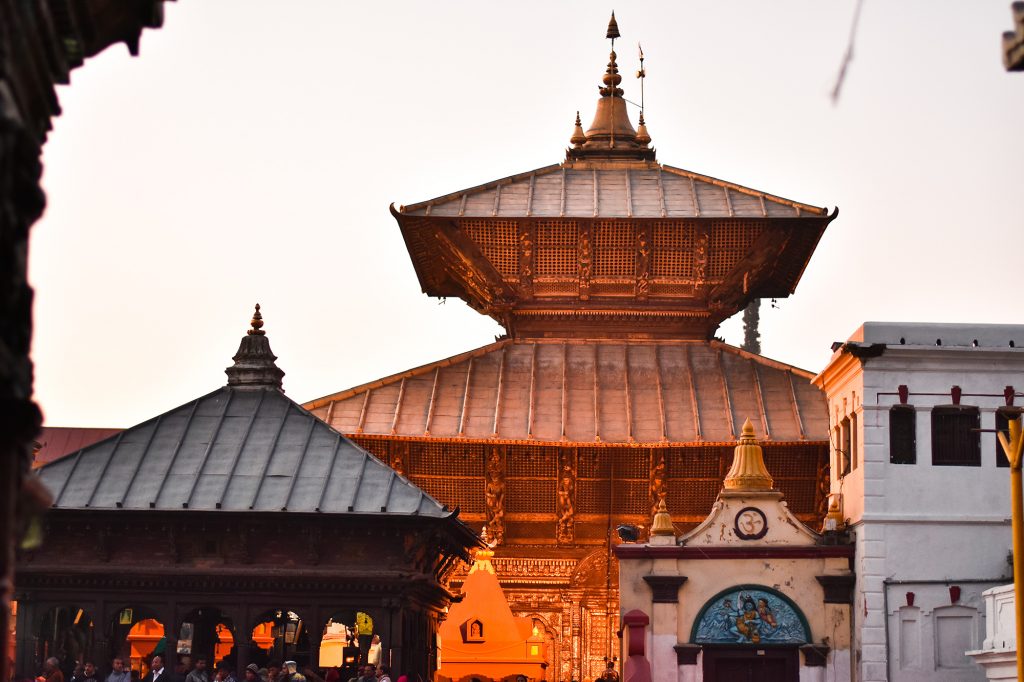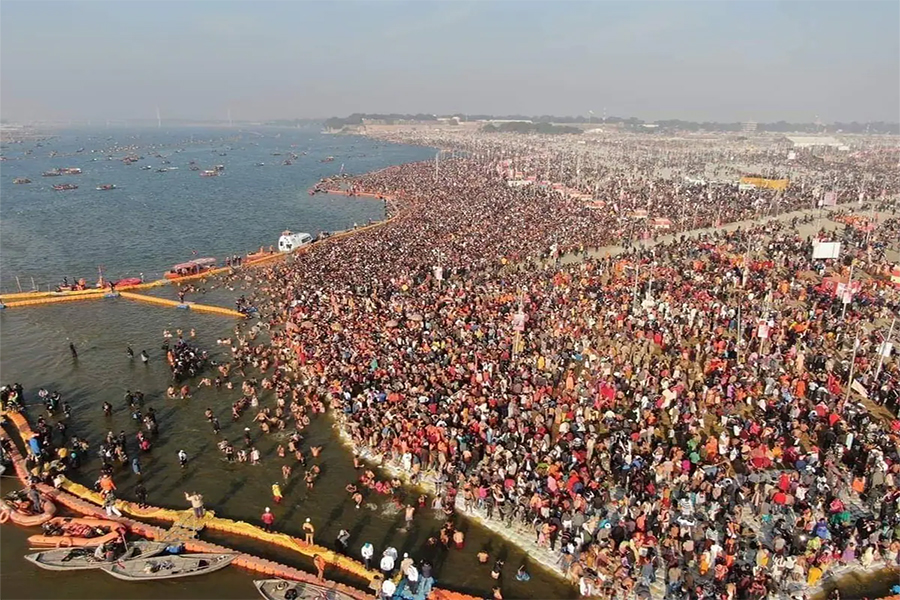Pashupatinath Temple in Nepal
The Pashupatinath Temple, located on the banks of the sacred Bagmati River in Kathmandu, Nepal, is one of the holiest temples dedicated to Lord Shiva. Revered by Hindus worldwide, it is not only a significant place of worship but also a UNESCO World Heritage Site, known for its historical, cultural, and religious importance.
History of Pashupatinath
The origins of Pashupatinath Temple date back over 2,000 years, though the exact date of its construction is unknown. According to legend, the temple was built after a herdsman discovered a linga (phallic symbol of Lord Shiva) at the site while his cow was inexplicably releasing milk. This linga later became a revered object of worship, and a temple was built around it. Over time, rulers like King Bhupatindra Malla, in the 17th century, contributed to its architectural development, giving it the grandeur it possesses today.
The temple has survived earthquakes and other disasters, standing as a testament to the resilience of Nepalese devotion. The current structure, with its pagoda-style roofs and golden spires, was built during the medieval period. It is adorned with intricate wood carvings, sculptures, and inscriptions, highlighting the skill and craftsmanship of ancient Nepali artisans.
Cultural Significance and Location
Pashupatinath Temple is situated on the eastern side of Kathmandu, right by the sacred Bagmati River. The river holds great religious significance, as it is believed to cleanse sins and is used for ritual purification. The Arya Ghat near the temple serves as a cremation site for Hindus, further emphasizing the connection between life, death, and spirituality.
The temple itself is accessible only to Hindus, with the central linga of Lord Shiva being its main focal point. However, the surrounding complex and ghats are open to all, allowing visitors to witness the rituals and ceremonies that take place.
The Five-Faced Shiva Linga
At the heart of the temple lies the unique five-faced Shiva linga, known as the Pashupati Linga. These five faces symbolize different aspects of Lord Shiva and are collectively known as the "Panchamukha" (five-faced) Shiva. Each face represents different attributes of the divine:
- Sadyojata (West-facing): Symbolizes creation and embodies Lord Brahma.
- Vamadeva (North-facing): Represents sustenance and protection, associated with Lord Vishnu.
- Tatpurusha (East-facing): Connected to Lord Shiva himself, representing spiritual awakening.
- Aghora (South-facing): Represents destruction and renewal, indicating the transformative power of Shiva.
- Ishana (Upward-facing): Symbolizes the ultimate, transcendent reality and supreme knowledge of Shiva.
These faces represent the complete cycle of creation, preservation, destruction, concealment, and grace, offering a comprehensive understanding of the universe and life itself.
Mahashivaratri at Pashupatinath
Mahashivaratri, the "Great Night of Shiva," is the most important festival celebrated at Pashupatinath. It takes place in late February or early March, drawing hundreds of thousands of pilgrims from across Nepal, India, and the world. On this day, devotees fast, chant prayers, and offer water, milk, and other offerings to Lord Shiva. The temple complex is filled with the vibrant energy of devotion, with continuous singing, dancing, and meditation.
The festival symbolizes the overcoming of darkness and ignorance, and it is believed that Lord Shiva performed his cosmic dance (Tandava) on this night. People light bonfires, keep vigil, and chant Shiva's sacred mantra "Om Namah Shivaya."
Teej: Celebrating Womanhood and Devotion
Another significant festival at Pashupatinath is Teej, celebrated mainly by women. This festival takes place in late August or early September, dedicated to the goddess Parvati, Lord Shiva’s consort, and is a celebration of marriage and womanhood.
Women dress in red sarees, fast, and gather at the temple to pray for marital happiness, the well-being of their husbands, and a blessed marriage in the future. The temple becomes a center of vibrant activity, with women singing, dancing, and performing rituals throughout the day.
Conclusion
Pashupatinath Temple is much more than a religious site. It is a place where history, culture, and spirituality merge into a profound experience for devotees and visitors alike. Located along the holy Bagmati River, the temple continues to be a powerful symbol of Nepalese identity, spirituality, and architectural brilliance. Whether it's the massive pilgrimage during Mahashivaratri, the colorful Teej celebrations, or the daily rituals performed along the ghats, Pashupatinath remains a deeply revered destination in Hindu culture.





0 comments
Write a Reply or Comment